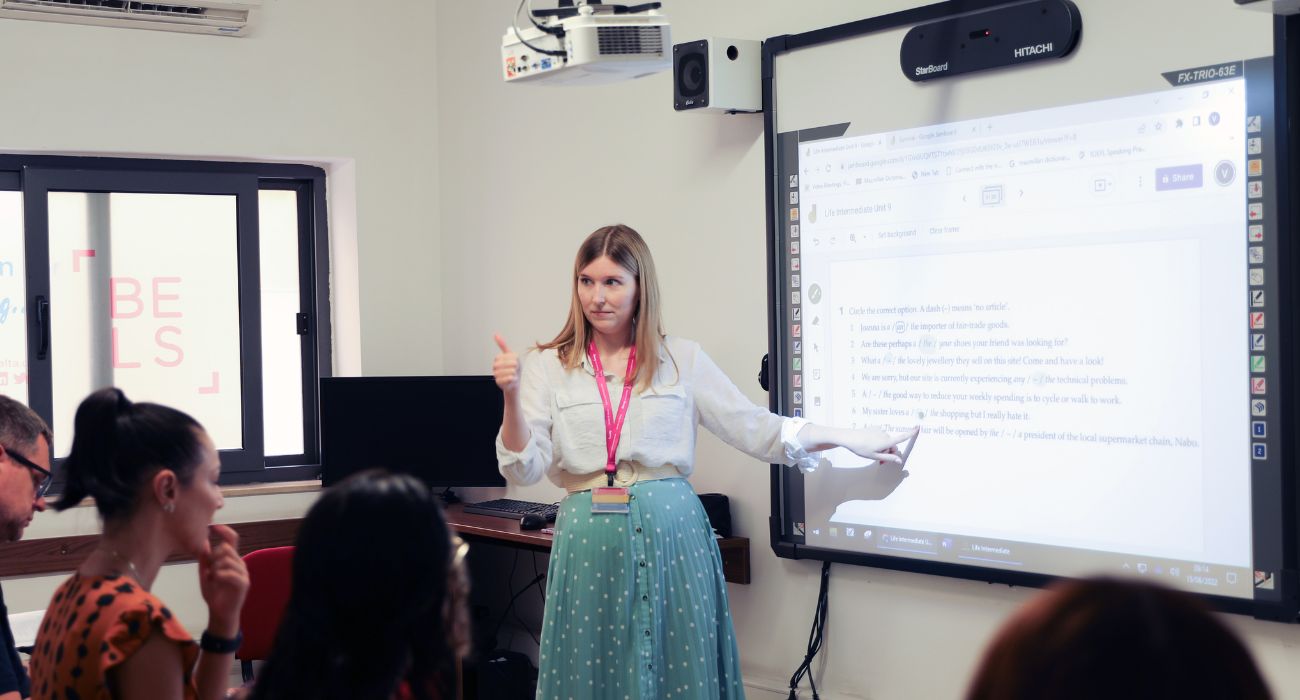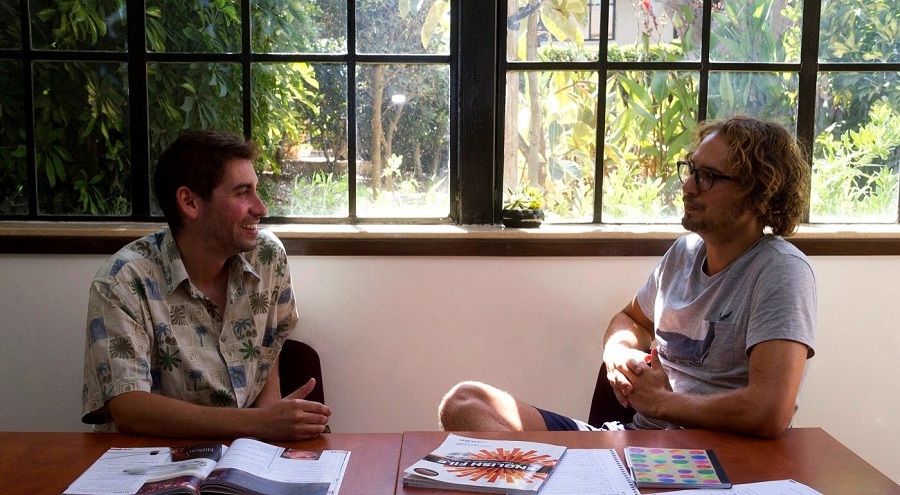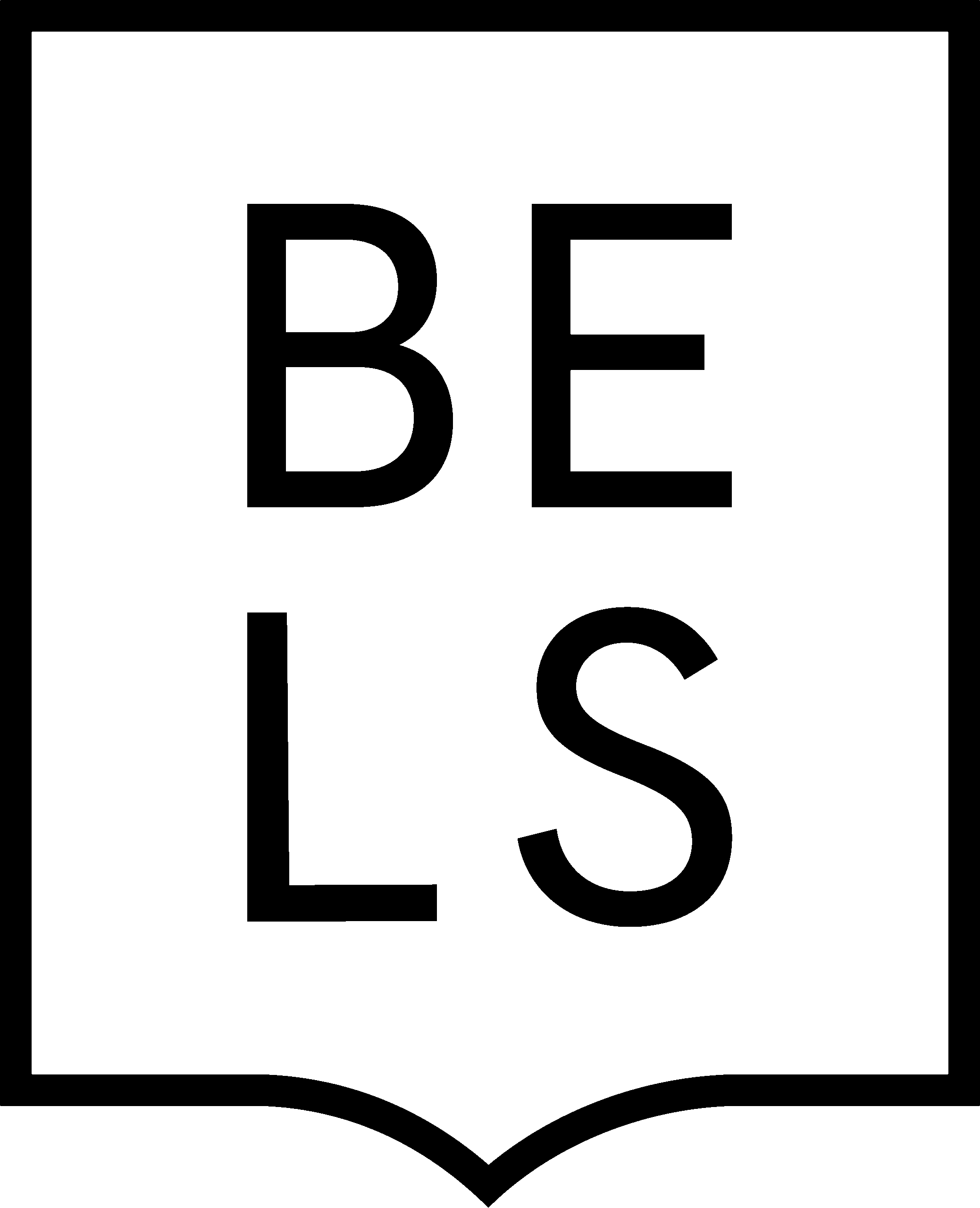Experiencing the Real Carnival in Malta and Gozo
Carnival in Malta and Gozo is a centuries-old tradition that combines revelry and creativity in a spectacular celebration display. In this blog post, we will explore the heart of this extravaganza, taking a closer look at dazzling costumes and the unique spirit that defines the Carnival season on these enchanting Mediterranean islands.

From bright illuminated floats to dress-up costumes, here’s a full breakdown of what goes on in Malta and Gozo’s Carnival.
What makes the Carnival in Malta and Gozo unique is its blend of historical significance and modern revelry, creating a fully immersive experience for all. From intricately designed masks to the rhythmic beats echoing through the alleys, Carnival in Malta and Gozo is a time when the islands showcase their vibrant identity and invite everyone to join in the merriment. It’s a celebration where tradition dances hand in hand with the contagious enthusiasm of the present, making it an unmissable experience for those seeking a taste of the Maltese life.
The Carnival celebration in Malta and Gozo is an eagerly anticipated annual event that typically takes place in February. It marks the lively prelude to Lent and spans across several days, with the main events unfolding in the week leading up to Ash Wednesday.
Carnival is celebrated with a 7-day program full of illuminated floats, bright costumes, traditional rituals, and grotesque masks. In the weeks leading up to carnival, you can feel the excitement in the air, and the frivolous attitude is contagious.
A Brief History and Guide to Modern-Day Carnival in Malta
When Carnival is mentioned, many bright images of costumed revellers, parades, and hedonistic rituals come to mind. Yet no matter where you go, there’s always something unique about how carnival is celebrated. That’s definitely the case when it comes to carnival in Malta.
Carnival in Malta and Gozo goes back to the arrival of the Knights of St John in 1535. To this day, the carnival in Malta has kept its traditional roots: a daytime parade of elaborately designed colourful floats, dance competitions in fancy get-ups, and children running around in all sorts of costumes.
The heart of the action for younger revellers and families takes place in Valletta in Malta or Victoria in Gozo. Every village organises a daytime carnival with dancing competitions and float competitions, for which local groups of enthusiasts spend months preparing. Folklore rituals are practised on both islands, with some variations across different villages. You could also taste carnival in Malta; Prinjolata is a colourful, traditional carnival treat that can be found in all the local supermarkets and cafes.
If you’re in the mood for a more adult atmosphere, there’s the Nadur grotesque carnival in Gozo, which is known for its outrageous and spontaneous nature. It’s the only carnival in Malta (and the whole world) that is celebrated in such a way. Throughout carnival week, Nadur’s streets invite many masked and hooded creatures to roam and rave. It’s rather unique to Nadur, so the best way to understand it is to experience it yourself. Visitors usually describe it as a mash-up of Halloween and Carnival, but we’ll let you get your own impression of it.
Here are 4 Carnival activities to look out for:
1. Colours, Floats, and Dancing
Daytime carnival activities include a parade of vibrant floats and dance competitions in extravagant getups. Dance festivities start with a Maltese folklore dance called ‘il-Maltija, ‘ where several locals dress up in traditional clothing and dance to folklore music.
2. Traditional Events
Carnival is also an opportunity to experience tradition when studying English in Malta. Two uniquely Maltese carnival activities are called ‘ġostra’ and ’kukkanja’. The ‘kukkanja’ involves hanging a selection of hams, sausages, and meats on a greasy pole in the middle of a square. Participants have to climb up to earn their prize. The ’ġostra’ is similar, only this time participants have to run up a greasy 30-foot pole over the sea.
3. Nadur Spontaneous Carnival
Nadur Carnival is known for its outrageous costumes that are a mash-up of the grotesque and macabre, cross-dressing, and alternative. Locals disguise themselves in anything from bed sheets to sackcloths, often with a satirical tone. It’s a spontaneous carnival, so ditch the eBay costumes and get creative to fit into the grotesque, fervent atmosphere. If you’re studying English in Malta or Gozo during carnival, go to Nadur on Friday or Saturday evening, which is when the madness’s at its peak.
4. Taste of Carnival
It’s not exactly an activity, but a must nonetheless- you can’t find it anywhere else in the world. If you’re studying English in Malta around carnival time, watch Prinjolata in all the cafes, pastry shops and supermarkets. The delicious, colourful treat is prepared especially for carnival in Malta.
Add more activities to your trip – combine your holiday with English courses.
BELS provides English courses with a communicative approach in a friendly and sociable atmosphere. It’s an excellent chance to enhance your English skills, meet like-minded people, and make friends to explore the islands together. Write to us at [email protected] to plan your trip.
Find a Suitable Course
Whether you'd like to improve English for personal, career or academic goals - we've got a course for you.
Browse Courses


